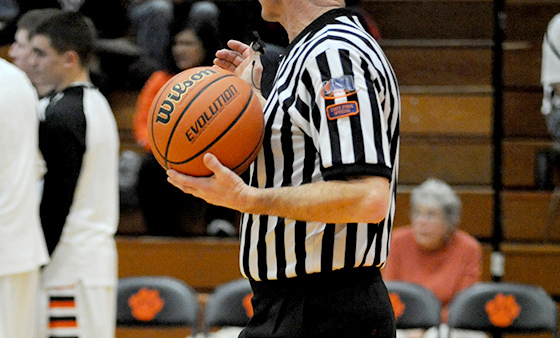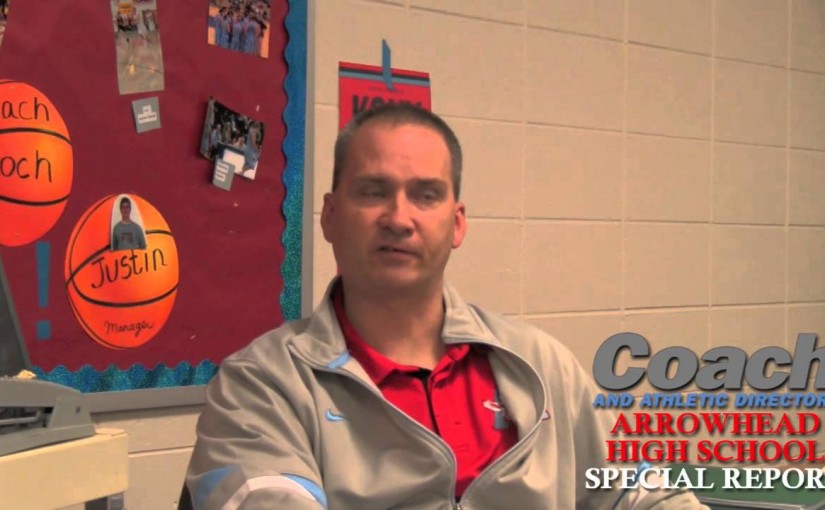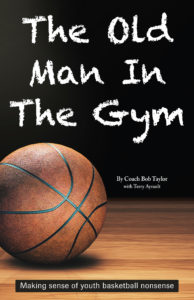Basketball: Philosophy, drills to improve rebounding
Many coaches agree that rebounding is the most important phase of basketball when it’s weighed in comparison to offense or defense. For instance, we may not be a good shooting team, but we would not have to be if we rebounded well enough to get second and third shots every time down the floor.
On the other hand, if we limit our opponents to one shot, as long as it’s not a layup or a dunk, we would have a great chance to win, regardless of our defense. The importance of rebounding cannot be over emphasized, as it does bring about winning basketball.
 In our program, we emphasized a few things and worked everyday to get better at those specific skills. These included our transition offense and defense, our half-court defense and rebounding. We cover these elements everyday and they remained a focus throughout each week and month during the season.
In our program, we emphasized a few things and worked everyday to get better at those specific skills. These included our transition offense and defense, our half-court defense and rebounding. We cover these elements everyday and they remained a focus throughout each week and month during the season.
We emphasize rebounding in every drill and in every full- and half-court situation. You’ll never find us taking a day off from strengthening our abilities on the boards.
Developing our philosophy
Here are the six elements that make up our philosophy.
1. Basic stance. We teach “Doleac position” with feet shoulders-width apart. Former Utah center Michael Doleac was known for his perfect rebounding stance. He kept his hands at shoulder level, shoulders and feet squared to the basket, and his feet shoulder distance apart and behind sunk into a defensive stance. Players must get wide in the chest and hands ready for the board, and they should rebound with a wide base. When players return to the floor, they must have their legs spread so they are strong and in an athletic position for an outlet or a dribble.
2. Be prepared. Always assume a shot will be a miss. We never want the ball to hit the floor, and we want to consistently rebound the ball above the rim — or as close as our talent allows.
3. Use two hands. Players should be rebounding with two hands every time. Usually, the one-handed rebounds are nothing more than potential rebounds that never materialize.
» ALSO SEE: The 12 attributes of elite point guards
4. Be aggressive. Go after every rebound. On defense, we must have five block outs and our guards must rebound down into the elbow areas of the court. On offense, we send three to the glass and stagger our other two offensive players back to protect against the quick outlet and fast break.
5. Block out. We want players to be physical and make contact every time on the block out. We teach our players to bump and go get the ball. They should find an offensive player, make contact, then adjust and release to the ball.
6. Follow the ball. Players must rebound out of their area. Most players are area rebounders, but we want our players to follow the flight of the ball with their eyes, judge its bounce and then get to that area to rebound it with two hands.
Our rebounding effectiveness is not based on drill work but is based on an uncompromising daily emphasis by all members of our staff. We may compromise a few things along the way, but rebounding will never be one of them.
Here are six rebounding drills we liked to use in our program. Any of these drills can be run as is, but by keeping score the coach adds a competitive element to their rebounding drills.
3-0 rebounding
This is an aggressive, physical drill for post players that lasts about 30 seconds. The coach shoots consecutively from 10 feet away as many times as he can. Players should:
- Start with a wide base with hands up.
- React to the ball by following the flight of the ball.
- Move their feet to rebound out of their area.
- Go to get the ball with two hands and landing with a wide base.
After the rebound, take a good shot by getting the ball to the basket. If not, pass the ball with two hands back to the coach. All three players chase a loose ball and sprint back to their position for the next shot.
3-on-3 rebounding
This is our most competitive rebounding drill. Three players are chosen to play defense, and the other players fill three lines and start at the two blocks and free-throw line. The coach makes an entry pass.
The coach can pass and shoot in this drill. Each possession starts with the coach entering the ball. The rules are:
- The defense must get possession of the ball three times before getting out.
- Possession is defined as a two-handed rebound or loose ball when forcing a turnover.
- A made basket does not change the count.
- Players can’t switch.
- If the offense gets an offensive rebound or loose ball, the count returns to zero.
Rebound Area Drill
This is a 1-on-1 drill where players start 10 feet from the basket. The defender takes the normal guarding position and the coach shoots the ball, which initiates a block out. The rebounder must initiate contact, hold off opponent, release to the ball with two hands and land with a wide base.
Toughness Drill
This is a three-man drill where the coach or manager shoots the ball and misses. All three players in the foul-lane area go after the rebound. The player who gets the rebound tries to put it back into the basket. The other two players try to stop him any way they can within the bounds of normal play.
Superman Drill
The best conditioning drill for rebounding ever invented. Place one player with the ball at the second foul-line marker. He must throw the ball over the rim to the opposite corner of the backboard. The player then races across the lane to retrieve the ball before it hits the floor. If the player catches the ball inside the lane area, it does not count as a rebound. Upon catching the ball, the player lands with good body balance, pivots inward (toward the right) and throws the ball off the opposite corner. He then races across to retrieve the ball before it hits the floor. This movement is continued for a one-minute period.
War Drill
We begin by placing five defensive players in the paint under the basket and five offensive players spread out along the perimeter. A coach shoots the ball, and when the ball leaves the coach’s hand on the shot, each defensive player must find an offensive man, make contact and get the ball. Offensive players can do anything they want to secure the ball. If the defense rebounds the ball, the sequence is over. The offense looks to score the ball if it gets the rebound.
Shane Dreiling is the girls varsity basketball coach at Wichita East High School in Kansas.









